Learn how to start your own homestead garden with this complete guide and resource list for a productive harvest.

This post contains affiliate links which means I make a small commission at no extra cost to you. See my full disclosure here.
We started designing and growing our dream homestead garden in 2010 and it is a journey we are still on today! Our garden then was a single block bed and has grown bed by bed every year. We stared with raised bed gardening because it seemed to be the easiest to get started. Since then we have switched to an in ground garden. We have experimented with a crowded cottage garden growing style and long straight rows (Mr. Mcgregor beds as I like to call them.) Gardening is very much a life long journey and hobby that gets better and better as the years go on.
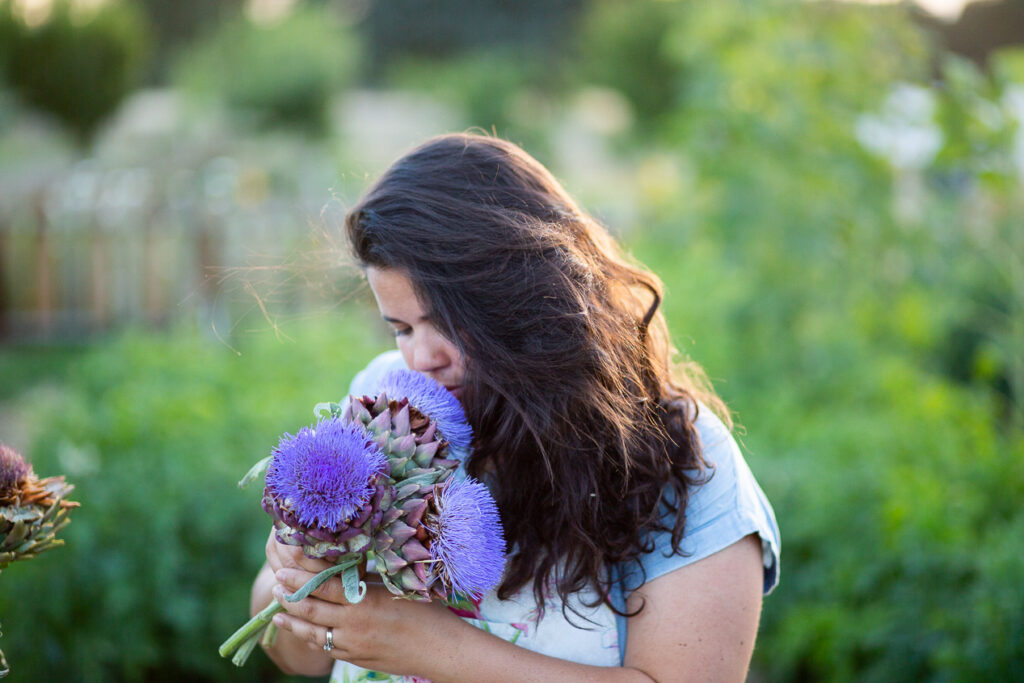
Planning your homestead garden
No one gardening style will suit every person and like us, you may find that your dream homestead garden will evolve over time. This article will supply you with all the components to design, start, and care for your dream homestead garden. After identifying your specific goals whether it be for efficiency, beauty, and or a little bit of both you will have success with a lot of hard work. Let’s get started planning your the garden of your dreams!
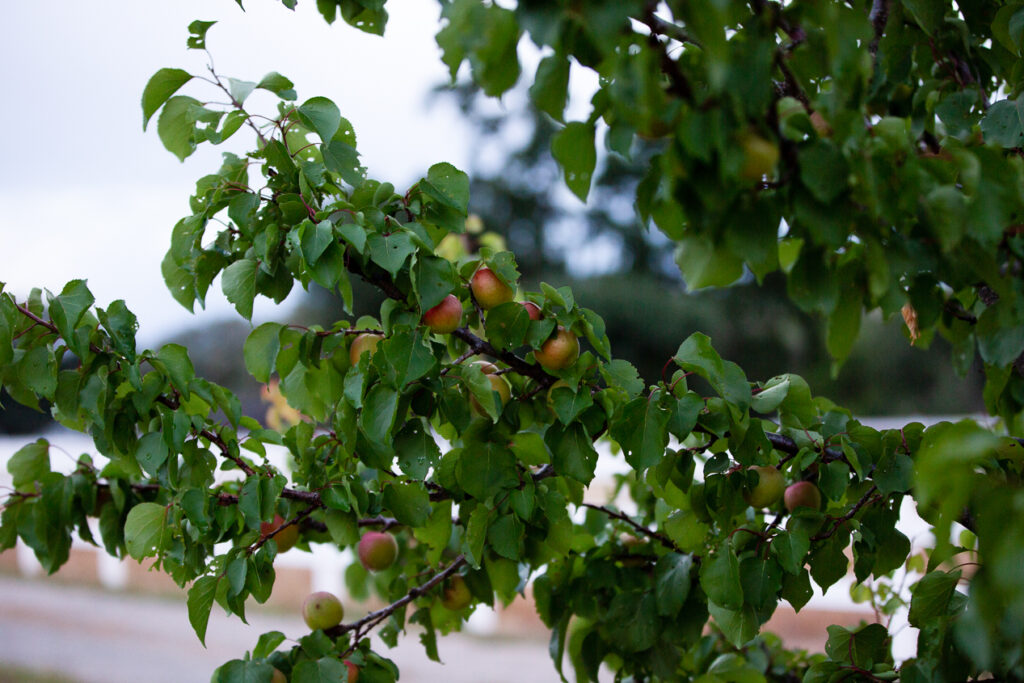
Research the requirements of homestead gardens
- Location. As sunny as possible
- Size. Start small
- Style. Raised beds, containers, or right in the ground?
- Soil. Rich, organic soil with lots of aged compost
- Plants. Choose plants right for your zone and the season
- Water. Moist, but not soggy
- Protection. Consider the wildlife, and make a plan if necessary
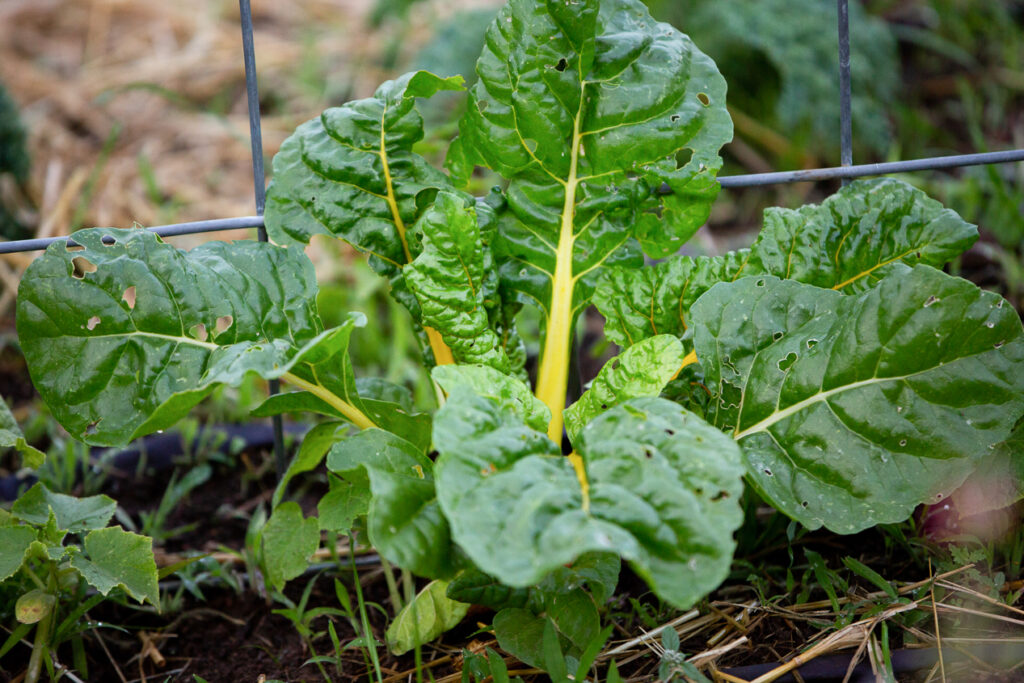
Design your homestead garden
Before you get onto designing the actual garden you’ll need to choose a location. The ideal location on your property for your homestead garden is the spot that gets the maximum sun exposure for the most hours in the day. Most vegetables prefer to get as much sun as possible, with a few exceptions. If you live in a climate with extremely hot summers, your garden may even thank you for a little late afternoon shade!
If you are in an apartment and practicing container gardening, these same things still apply. One benefit of using containers is that they can be more mobile, such as on rolling dollies. This enables you to move them as the seasons and sunlight changes if needed!
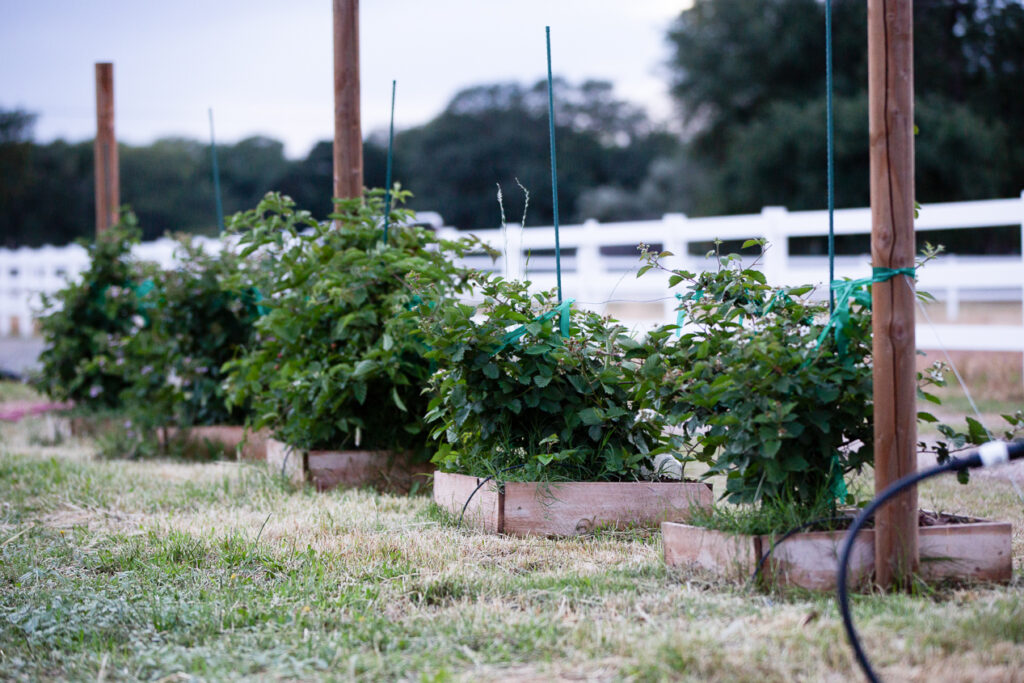
What size garden can you manage?
If you are new to gardening, don’t get too ambitious at the start. Choose a small, conservative size that will be sustainable. It is tempting to plant anything and everything, but consider if that is a good idea. It is easy to get overwhelmed as the season goes on and the weeding and watering still need to be done after the excitement has worn off. A dream homestead garden isn’t one you get burned out on !
It is much better to experiment and start small before putting in permanent infrastructure. It takes time to know what grows well in your area and build gardening skills. You never know what ideas you may come up with over time, like the addition of fruit trees or pollinator-friendly borders. Leave some room for growth and evolution!
Also related to size, I suggest choosing just a handful of types of veggies at first. I know that this is easier said than done though, because if you’re like me, you want to GROW ALL THE THINGS… now! But it is a better strategy to get good at growing a few things.
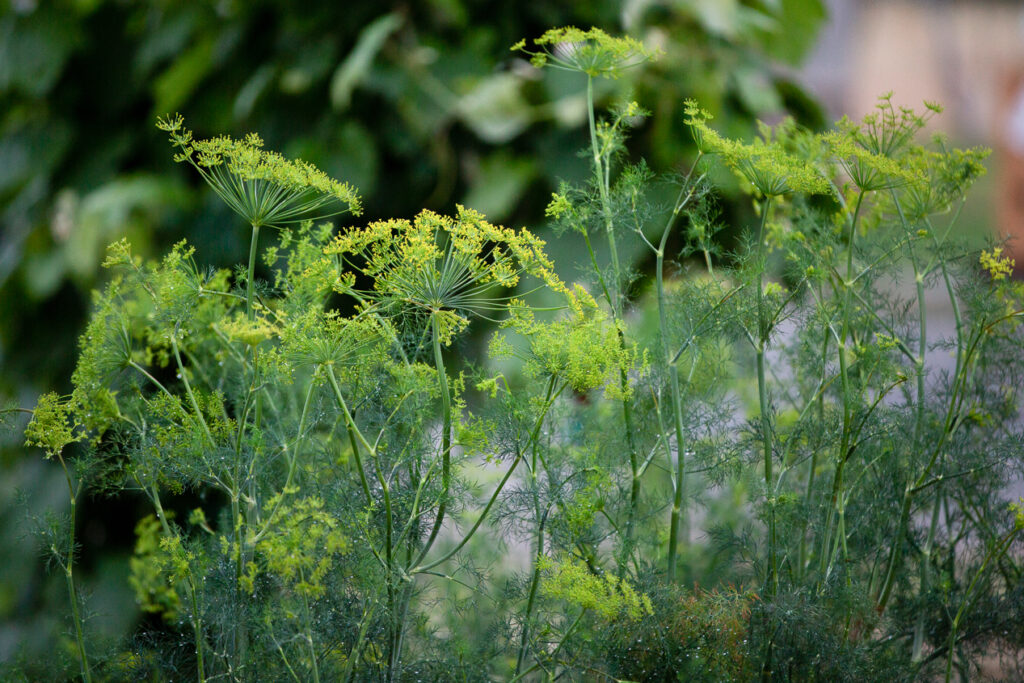
What kind of garden beds will you set up?
Gardens can be grown in a variety of ways some of the most common methods are:
- Container gardening
- Raised beds
- In-ground
All have costs and benefits. After identifying your specific goals and challenges with the land, you’ll be able to know what kind of gardening will suit your needs best.
If the aesthetic is most important to you in determine what style of garden bed…start up a vision homestead garden vision board. Pinterest is a great place to get inspired. I am constantly pinning inspiring gardens that give me ideas for my own space. Looking at other gardens help you get an idea of the design and feel you’re going for, but again, try not to bite off more than you can chew at first ~ especially if you’re going DIY.

Set up your soil for success
Whether you are growing in raised beds or in ground, your garden will need to be amended with rich organic soil, compost, and aeration additive. Soil health is extremely important to the health of the entire garden. It is like the foundation of a house. If the soil is bad there is not much you can do, for structure of the garden.
When we were just getting started and not making our own compost, we got good quality compost delivered from local landscape companies. Every season we top dress beds with as much organic soil as possible. If your soil is healthy there will be an abundance of worms and worm castings. They will continually enrich the soil throughout the season.
Compost tea is also extremely helpful in developing healthy microbes into the soil of your dream homestead garden beds!
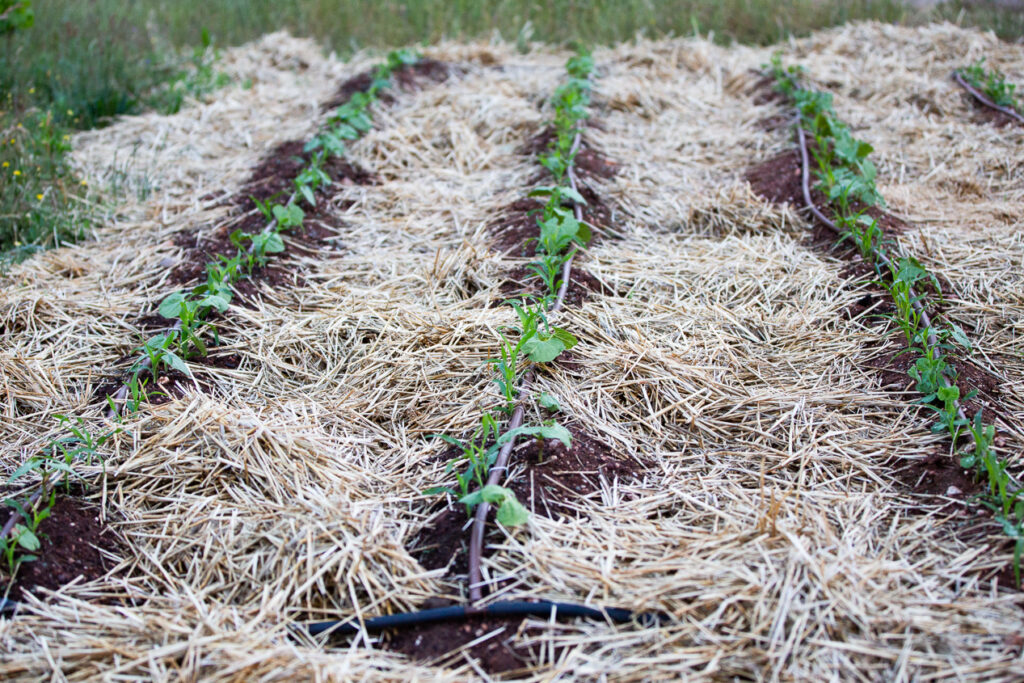
What should I plant in my homestead garden?
Know your zone
Before deciding what kind of plants you want to grow, you should establish what types of plants are possible for you to grow according to your zone and climate! If you are unsure use USDA hardiness zone lookup tool. All you need to do is enter your zip code to determine your zone.
Once you know your specific zone you’ll be able to look up what types of veggies grow in your zone and when to plant them.
Transplants or seeds… or both!
The next question you would ask yourself is if you are going to start from seed, buy transplants, or do a combination of both. Beginners might have more success by planting out seedlings from a nursery instead of starting their own seeds.
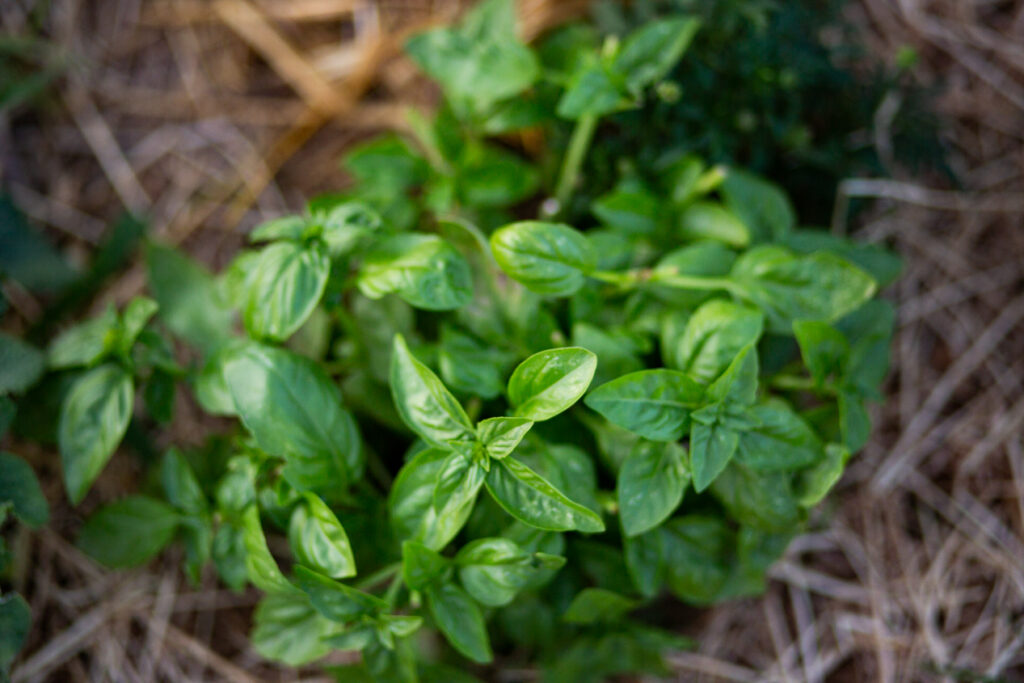
How to choose what to plant
The simplest answer to this question is to only grow what you like to eat! If you don’t eat or like tomatoes…don’t grow them! Have fun experiencing with different varieties of fruits and vegetables that you enjoy, you might discover something completely new! We like to think about what types of fruits would round our meals that we can make from our long term food storage pantry. Every year, you’ll refine what works well and what doesn’t. It takes time.
Use Companion Planting to Your Advantage
Companion planting has been used by experienced gardeners for a long time. Knowing what types of plants do well when planted together is extremely useful, to maximize your efforts. Even knowing the pattern of how plants grow is important in knowing if a taller plant will shade a shorter one that is growing next to it.
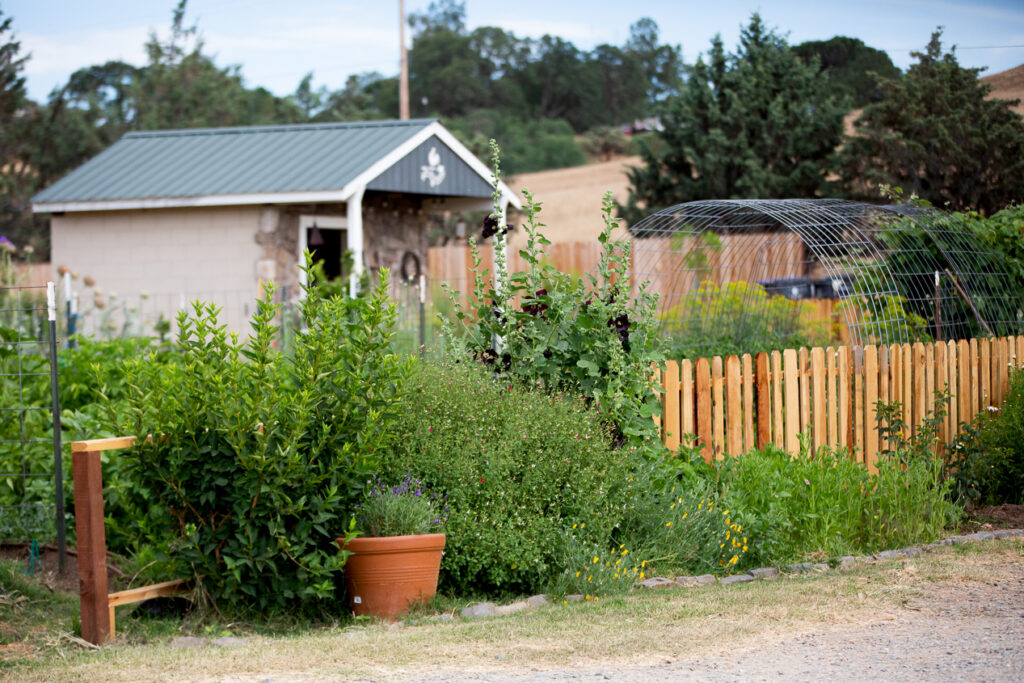
Even using low ground cover plants could be a useful organic weed management technique. Some plants even draw nutrients from other plants planted next to them, which can make you more successful. companion plants have the power of attracting beneficial insects, adding nitrogen to the soil, and even giving off scents to ward off predators. For example, tomatoes do all when planted next to marigolds, garlic, or basil because these plants repel parasitic nematodes and tomato hornworms. It can take some studying to know which plants to plant together, but it is worth the effort!

Choose High-Yield Plants
As a homesteader yield is an important part of gardening. Knowing what types of plants will produce abundantly will help determine what is worth growing. We are busy people and some plants that are a lot of effort aren’t going to fill the root cellar, are they? Many high yielding vegetables include:
- Tomatoes
- Zucchini
- Cucumbers
- Carrots
- Beets
- Potatoes
- Melons

Where to plant what?
Once you’ve decided WHAT to plant, it’s time to plan WHERE to plant them. Read up on specific plants requirements, planting spacing, and mature size. Take companion planting, sun patterns, and crop rotation all into consideration when deciding where to plant specific vegetables and fruits.
Plan Your Watering and Irrigation System
Getting watering right takes a little planning. In general plants like to be moist but not soggy. The best results usually happen when plants are watered deep down into the roots to maintain a light even moisture level. Established plants will require oe water for longer and younger plants with shallow roots will need to be watered less but more frequently. Mulch will help keep an even moisture level, but you’ll need to monitor the water by pulling the mulch back to test.
Here in our dry climate, we keep an even moisture level by installing drip irrigation throughout the garden.

Weed & Maintain Your Garden Regularly
The battle isn’t over once the garden is planted. Most likely your dream homestead garden isn’t filled with weeds in between plants! Maintain a weeding schedule to keep those pesky weeds at bay. Garden maintenance also includes observing the plants for pests, diseases, and nutritional deficiencies. If anything is noted, it should be addressed right away before things get out of hand.
Set up protection for plants
Even in urban environment plant protection is needed to defend against pests and plant predators like bunnies, moles, birds, and deer! Knowing what gardening challenges you will have to work around are helpful in planning the system of attack whether it be fencing, barriers, cloches, etc. If you’ve got specific animals that will be a nuisance build some sort of protection for your plants. We installed a 6-ft deer fence to enclose 5 acres to keep the deer out!
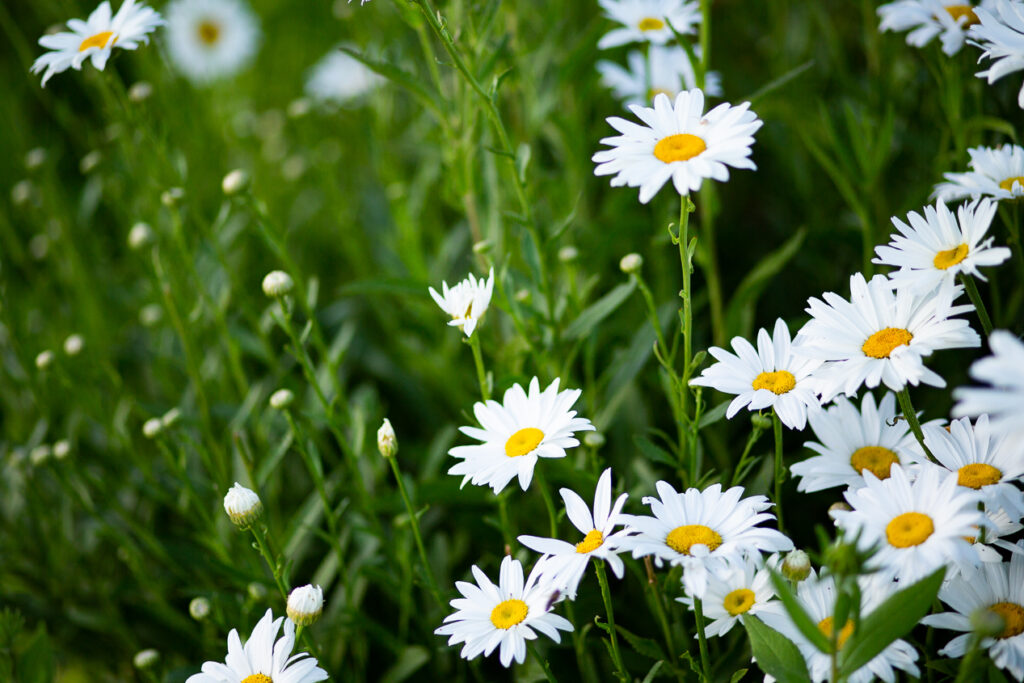
Gardening beginner tips
- Don’t bite off more than you can chew. It is tempting to grow all the thing when you plant, but you’ll want it to be sustainable effort. Start small!
- Buy good quality compost from a local landscape company. Good compost will make the difference between a great gardening season and a mediocre one.
- Go up! If you are still in an urban environment, research vertical gardening to make the most of your space.
- Know your hardiness zone! It is impossible to have a great garden if you aren’t growing what is possible in your area.
- Get seed starts instead of starting your own. If you are just beginning start small and learn how to grow starts to harvest before you delve into the seed starting world.
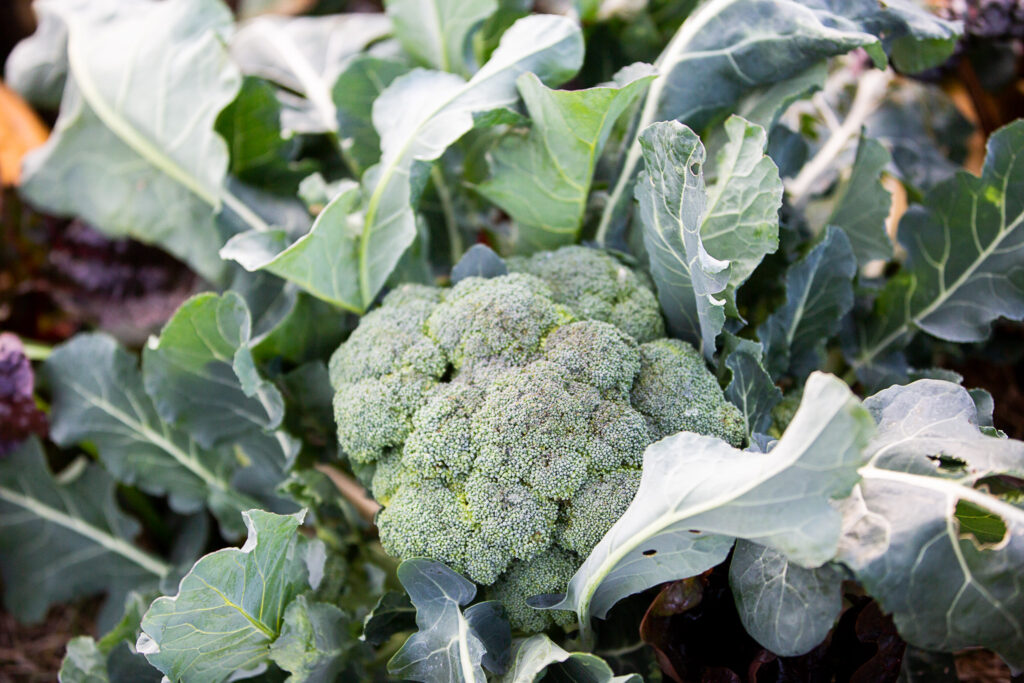
What is homesteading?
Homesteading has taken on a whole new meaning in this modern age, knowing what it means to you and what your specific goals are will help you plan out your dream homestead garden. Are you gardening/homesteading for maximum food production or beauty? Or a little of both. If you are interested in a more in depth definition of homesteading and the various motivations for it, I wrote an entire article on the topic here.
Homestead garden plans
You can buy homesteading gardening plans, but the best plan is to do research on companion planting, fruits and veggies that grow well in your zone, and just get your hands dirty! If you are rotating your crops, plans will change year by year in an annual garden. You will be best suited to design your own garden because you will know what was in a space the previous season.
Additional resources
The Vegetable Gardener’s Bible by Edward Smith
The Family Garden Plan by Melissa K. Norris
The Fruit Gardeners Bible by Lewis Hill
Homestead Garden Frequently Asked Questions (FAQ)
What is a garden homestead?
A homestead garden is intended to use the space around a house to grow vegetables and other edibles to supply a household with a good source of nutritional needs.
How do you set up a homestead garden?
- Choose a location. As sunny as possible
- Decide on a style and size of garden. Raised beds, containers, or right in the ground?
- Invest in good soil. Rich, organic soil with lots of aged compost
- Choose your plants right for your zone and the season.
- Plant either by seed or transplant.
- Water. Moist, but not soggy, consider an irrigation system if needed.
- Protection. Consider the wildlife, and make a plan if necessary
- Maintain, observe, and weed plants.
- Harvest when the veggies and fruits are ripe!

What should I grow in my homestead garden?
You should grow what you like to eat. To maximize efficiency start with high calorie fruit and vegetables like potatoes, beets, carrots, and berries. Always grow only what you will use.
How big of a garden do I need to be self sufficient?
Though this varies depending on your personal goals, generally about 200 square feet per person for a self-sustaining garden. So if you’re a family of four, figure you’ll need about 800 square feet, or a space about 20×40 or 10×80.
Related Articles:
Ideas for What to Have on a Homestead | Homestead Planning
Homesteading for Beginners (What You Actually Need to Know)
What is Compost Tea? Plus How to Brew it.
101 Homesteading Books You Need at Home
How to Enjoy Gardening When it’s Not Your Thing
How to Stay Motivated on The Homestead

Pin it for later!


Leave a Reply